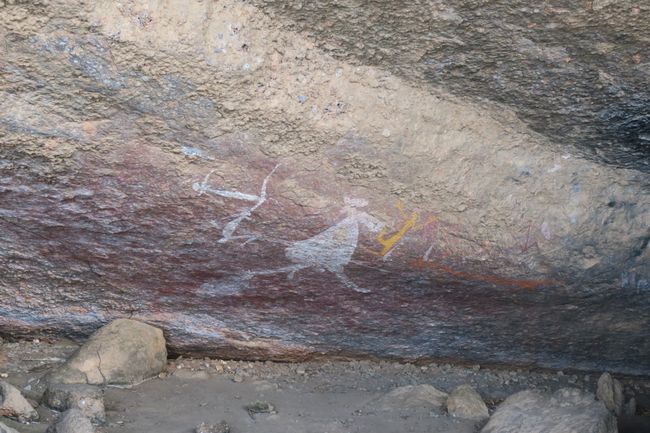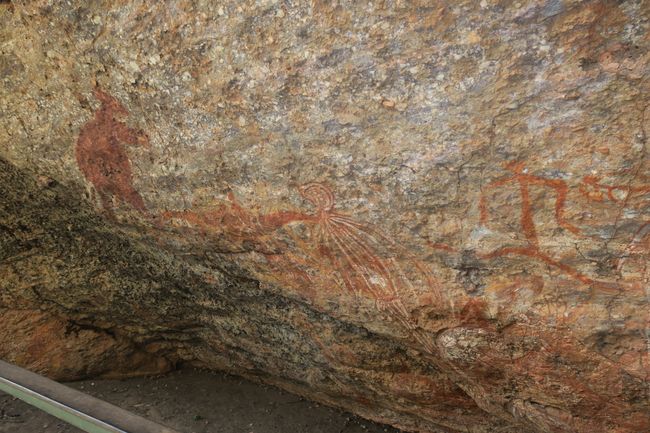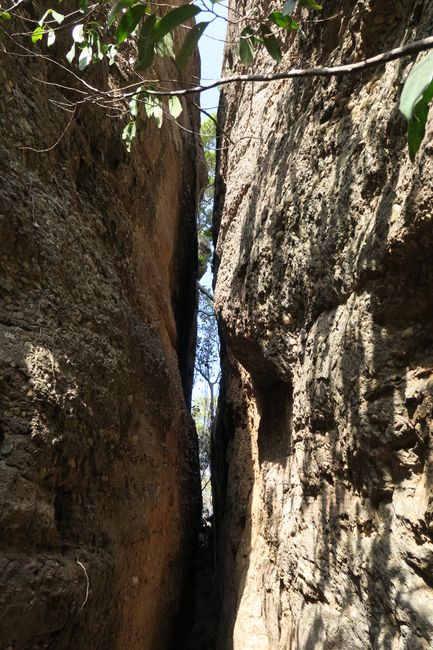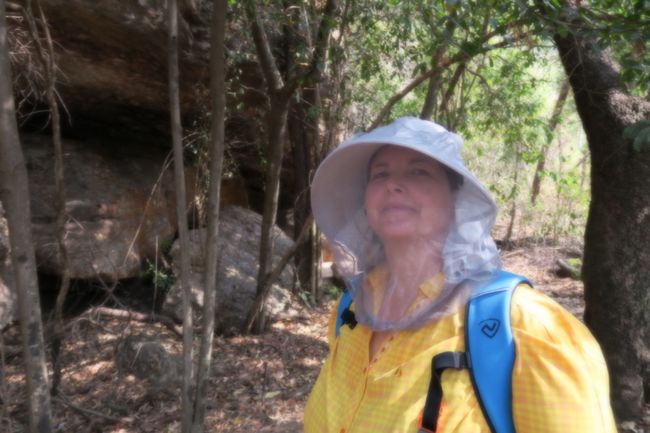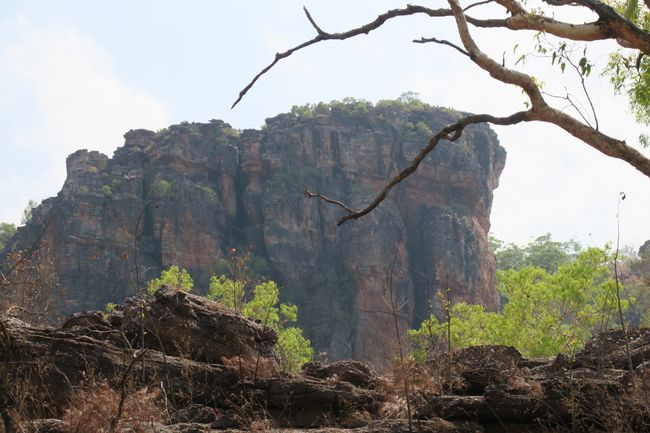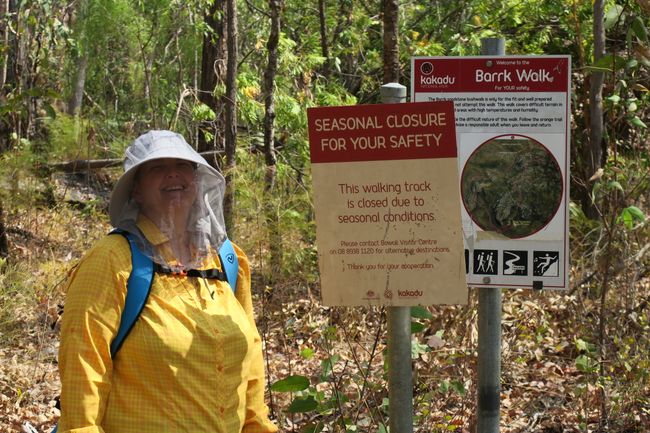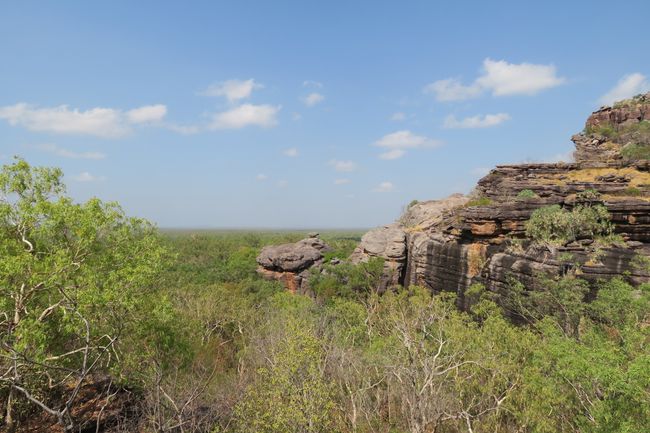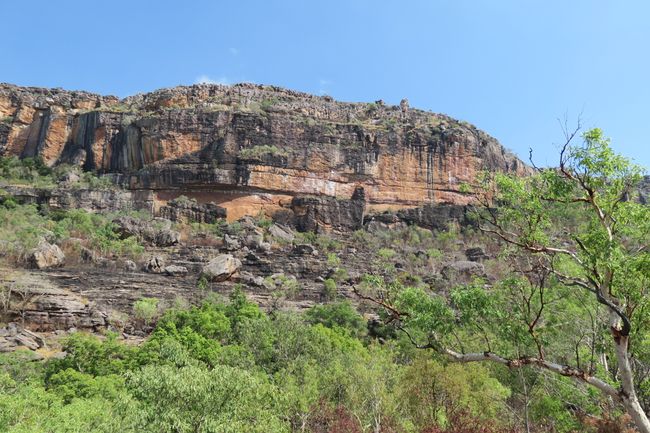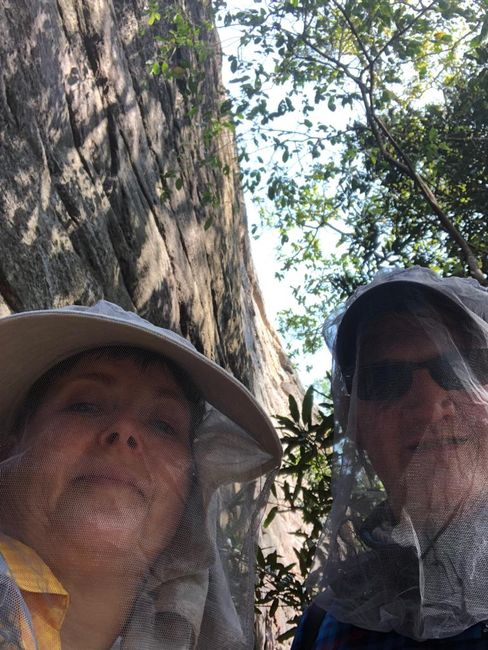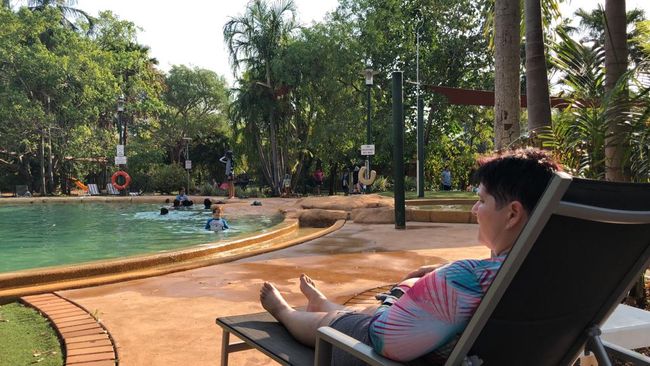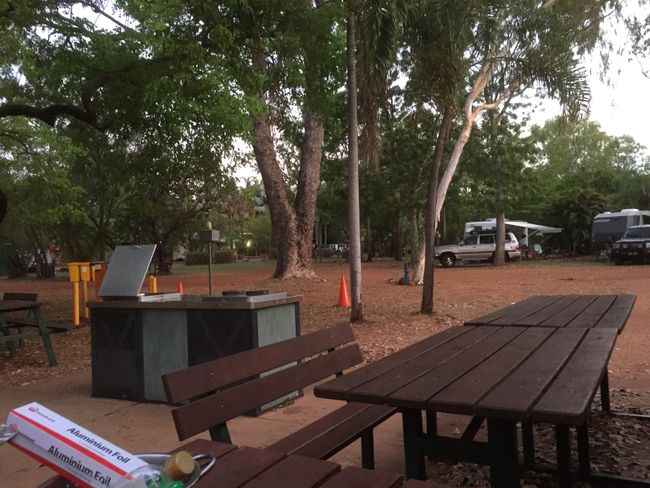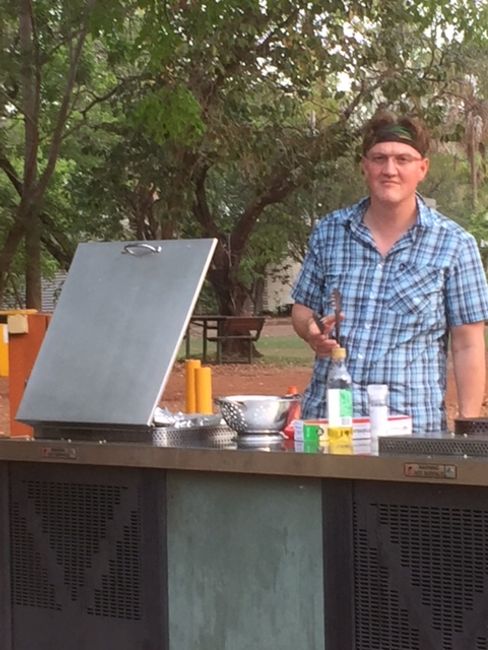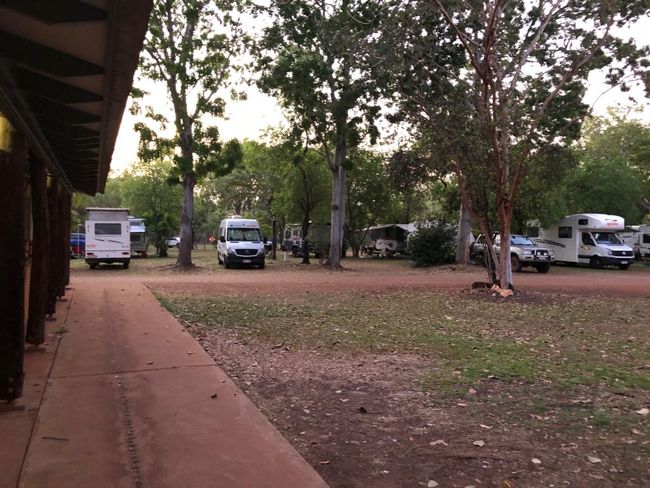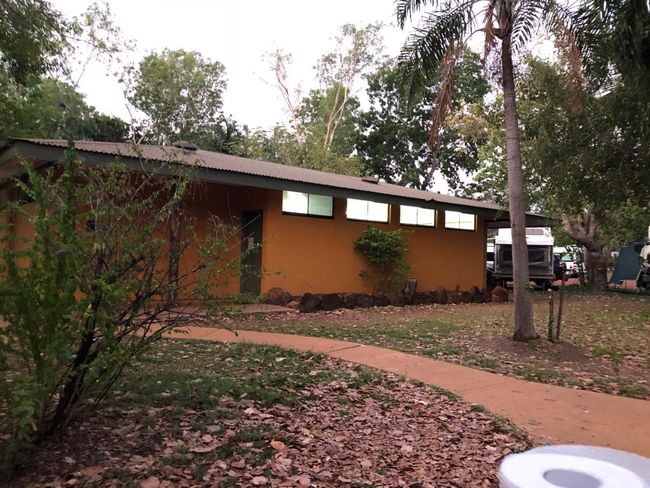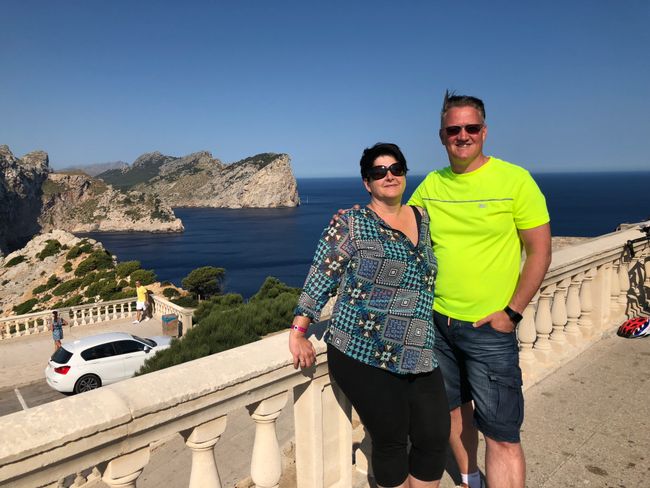
Schahaatz und ich sind dann mal weg
vakantio.de/cacawa
Aborigines
Oñemoherakuãva: 04.10.2018
Ejesuscribi Boletín de Noticias-pe
Waking up in the morning and seeing a kangaroo right away is cool. Although it's not my time in the morning at 6:00, but we wanted to see Aboriginal paintings today. When I stuck my nose out of our camper at 6:00 a.m., it was still a pleasant 25 degrees. When we got out of the car 1 1/2 hours later for the viewing, it was already 35 degrees. I am still very pleasantly surprised that the wildlife keeps a safe distance from us except for the annoying flies.
The rock paintings depict the life of the Aboriginals. Some are said to be over 20,000 years old, others from the 60s. In any case, it was a pleasant change with its rocks and hills to the rather monotonous tree landscape. The only variation during our long drive so far was whether the undergrowth was burnt or green/brown.
The Aboriginals,
today I think is the right time to write about them. Long before the first white man (we remember Thomas Cook) set foot in Australia and claimed the land for himself, the Aboriginals lived in harmony with nature (they still do today, by the way). They live in the here and now (for them, their lifetime is paradise) and death is the end of being. Their philosophy is: the less they take away from the world, the less they have to give back to it. Their lives are influenced by customs and taboos that they have been following for millennia.
They are observers of nature, trackers, and unbeatable in finding water and food.
Then the white men came. They took away the Aboriginals' hunting and gathering areas and desecrated their ceremonial sites. The Aboriginals began to defend themselves, which the white man did not tolerate and made the Aboriginals fair game, which could be killed without consequences. By 1920, the number of Aboriginals had been reduced to 60,000 (in 1770 there were 300,000). Today, they mainly live in the Northern Territory, where nature is more hostile to European immigrants. They are now part of the marginalized group and live on social welfare, with little integration taking place. Since the 1960s, they have been fighting for the return of their ancestral lands. In 1976, the Ayers Rock/Uluru was granted to them by law.
Originally, we wanted to do the 12 km tour around the Nourlangie Rock, but when we arrived at the starting point, it was closed - too bad. So we only did the nearly 2-hour hike. After drinking 1 liter of water each and sweating through our clothes, we didn't feel like doing any more tours and drove towards the campsite. Along the way, Carsten kept trying to explore more attractions, but unfortunately, the access roads are not suitable for our vehicle (all routes are for 4WD). But for those who know Carsten, they know that road signs don't deter him. However, after about 100 meters of bumpy road and a bus making a lot of noise, he realized his mistake and turned back.
We reached the campsite at 39 degrees Celsius (1:00 p.m.). We decided not to do anything else today except splashing in the pool and enjoying a delicious BBQ.
Something remarkable caught our attention while swimming: the palms of the Aboriginals' hands and the soles of their feet are just as dark as their skin. For all other dark-skinned people, they are usually lighter.
The campsite is a stroke of luck. After two disappointments, this is an oasis in the desert. We will stay here for 2-3 days because it is so beautiful here.
Ejesuscribi Boletín de Noticias-pe
Mbohovái
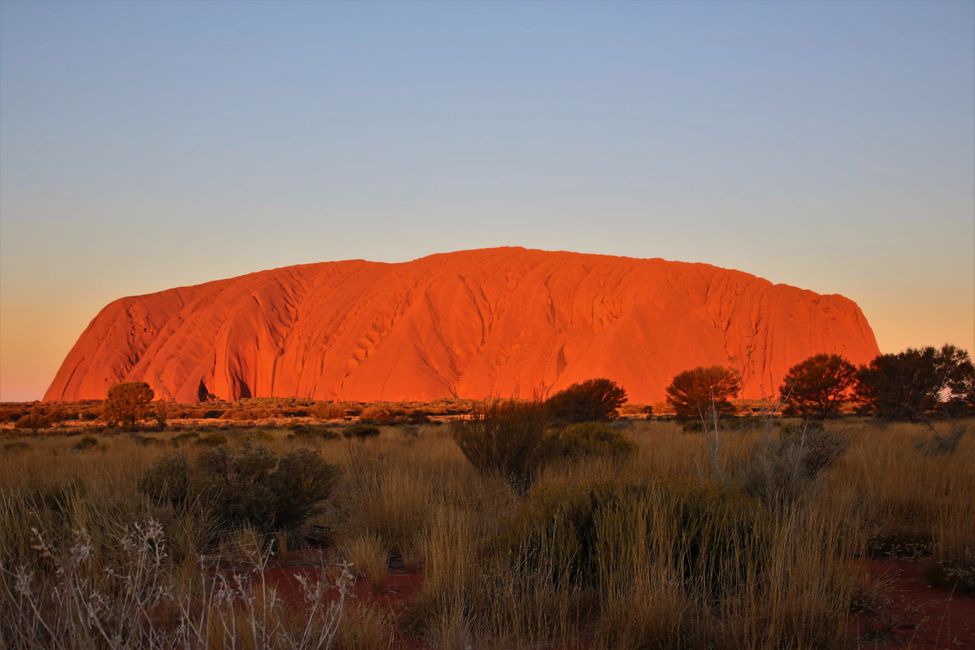
Marandu jeguata rehegua Australia-pe

